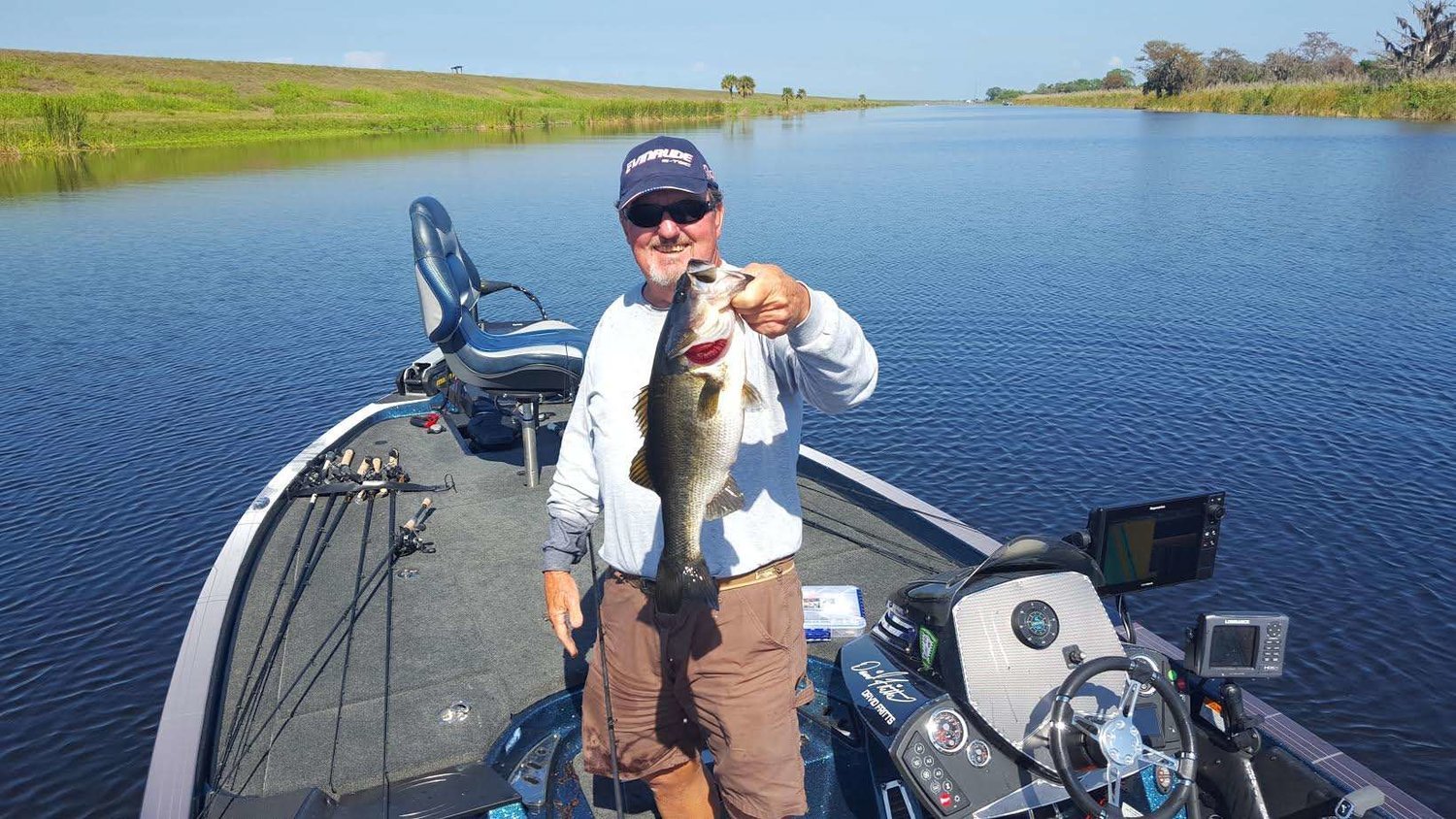Throw your Crankbaits to the Right Line
Photo: David Fritts
By: Author: David Fritts
Two things are more important than anything else when you’re fishing with a crankbait — a lively action and a long casting distance. Both of them are directly affected by your line choice.
A lively action is the most important. If you don’t have it, you won’t catch very many bass, and I don’t care how pretty your bait looks or how much you paid for it. Coming in a close second is casting distance. The further you cast a crankbait the longer it’ll be down in the strike zone. The further it travels down there the more water you’ll cover, and the more bass you’ll catch. An extra 5 yards makes a big difference when you fish all day.
When you’re deciding what kind of line to spool you need to keep those two things in mind. A stiff, thick line, regardless of what it’s made out of, will kill the action of a crankbait. And a line that doesn’t flow through your guides smoothly will cut way down on distance.
It may surprise some of you, but I’m not a fan of fluorocarbon. I know about how it sinks and how it’s invisible, but I also know that despite what you’ve been told it does stretch and that stretch weakens it to the point where it’ll break on the cast, forget about the shock of a big bass grabbing your lure.
Even worse, it tends to break up from the knot, sometimes as far up as 6 or 8 feet. The only way to protect yourself is to strip off three or four yards every couple of hours and retie. That’s not what I’m going to do when I’m in a tournament. I want to be fishing, not messing with my line.
It’s OK, I guess, if you’re fishing small, lightweight plugs but even then it’s a risk. I don’t see the point in taking risks.
I am a big fan of low-stretch monofilament, however, and especially of copolymers and multi-polymers. I don’t know all the science behind them, but as I understand things they’re basically a line within a line.
The best ones are tough and abrasion resistant, but they’re also soft enough so that they don’t get brittle and break. And, they give you plenty of casting distance and sensitivity. My choice is Berkley Trilene Sensation Professional Grade.
Lately, maybe for the last two years or thereabouts, I’ve been fishing a little bit with braid. It has great feel, it’s tough and it’s thin, but it has one major drawback — casting distance. The finish on most braids is rough. That creates a drag on your line as it goes through the guides. Given the importance of long casts I don’t think I can use it.
There is one exception, however, and that’s with the few braids that are around that have a slick coating on them. Some of them seem to cast OK.
Regardless of what line you like best for your fishing you need to keep something else in mind. Fish your crankbaits with light line. Smaller and thinner lines give you a better wiggle, and you’ll get more casting distance with them.
I fish with 10-pound-test almost all the time, and that’s with heavy, deep-diving crankbaits as well as small square bills. I’d drop that down to 8-pound-test if it didn’t break so easy.
The heaviest line I’ve ever used in my life with a crankbait was 14-pound-test, and that was for only one time for one day. It was on Lake Falcon. We were in flooded bushes that were about as nasty as anything can get and the bass were really big.
Think about your line the next time you throw a crankbait. It’s important.
Originally posted on Bassmaster

